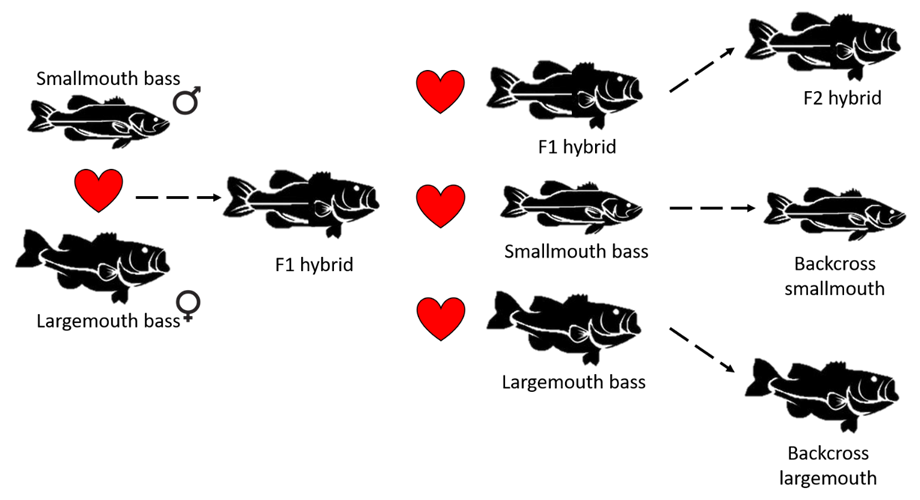21 August 2018 | By Genevieve Diedericks
A recent study published in the Journal of Fish Biology showed that not only is introgressive hybridisation between two notorious freshwater fish invaders possible, but continues to occur within an invaded South African river system.
Introgressive hybridisation, whereby the genes of one species get incorporated into the genetic make-up of another species, was thought to be uncommon. However, due to the increase in species introductions, introgressive hybridisation is now observed between native and alien species. This may provide enough genetic variation to help the establishment and spread of new invasive populations while counteracting population extinction by maintaining population sizes. Moreover, few studies have examined introgressive hybridisation between two invasive species in an invaded environment.
Using a genetic approach, Genevieve Diedericks, former C·I·B PhD student and colleagues, including C·I·B Core Team Members, Cang Hui and Olaf Weyl, tested for the possible occurrence of introgressive hybridisation between two freshwater fishes that are invasive in South Africa – largemouth bass (Micropterus salmoides) and smallmouth bass (Micropterus dolomieu). For their study, Genevieve and colleagues collected samples from the invaded Olifants River in the Western Cape of South Africa.
The study showed that not only was introgressive hybridisation possible between two invasive species in a novel invaded range, but hybrids were also found to be viable and capable of producing offspring through backcrossing with a parental species or another hybrid (see schematic below).

Hybrid viability was, however, unidirectional, meaning that in order for the hybrid to survive and reproduce, the hybrids’ father needed to be a smallmouth bass and the largemouth bass needed to be the mother.
“Our results reveal yet another mechanism that invasive species may employ to promote their persistence in the invaded range and may be of particular importance to consider when attempting eradication processes,” says Genevieve.
Read the article in Journal of Fish Biology
For more information, contact Genevieve Diedericks at diedericks.genevieve@gmail.com


